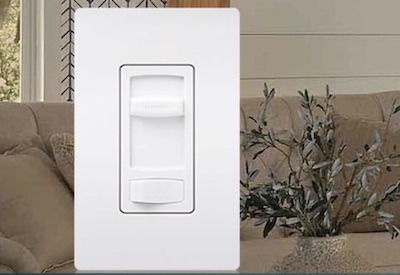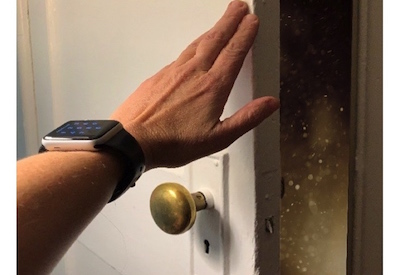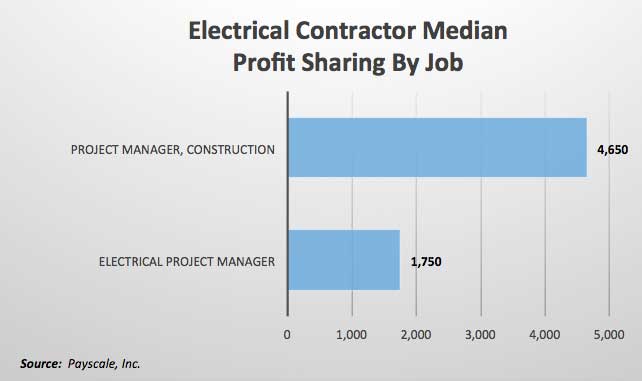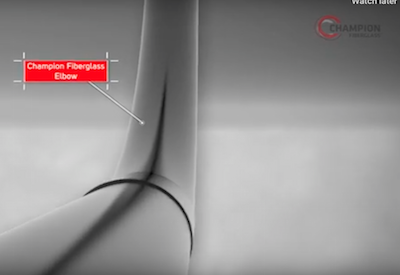Dimming Curves, Part 2

Oct 9, 2020
By Steve Mesh
In Part 1, Steve Mesh began a discussion of the attributes of dimming and dimming curves, including linear/linear combinations, linear/algorithmic, logarithmic/logarithmic, and other curves. Here in Part 2, Steve concludes the discussion, writing about control signals and input devices.
Control signal
It should be noted that the type of control signal shouldn’t really matter — meaning that the use of analog protocols (such as 0-10V) vs. digital protocols (such as DALI or DMX) are simply the “messengers” talking in a specific language. It is the brains of the dimmer and the driver that actually decide how a specific input (i.e., slider position) corresponds to a specific output (i.e., resulting light output from the driver). Therefore, different types of dimming curves may be incorporated in dimmers, software for lighting control systems, and output devices like LED drivers irrespective of the actual protocol used to communicate between them.
Having said that, the 0-10V protocol is a notoriously imprecise “language” because there are few agreed-upon rules about what it means to be at a specific voltage between 0-10. On the other hand, digital protocols are very precise — because they are designed to communicate very specific requests (such as “dim lights to 73%”). In some cases, these digital protocols are open standards, such as DALI (Digital Addressable Lighting Interface). In that case, as long as you use a DALI dimmer and a DALI driver, you can be assured that sending a message from the dimmer to do something in particular (i.e., “dim lights to 73%”) will give you that exact result. Of course, you need to decide if that means “measured” light output or “perceived” light output! There are in fact digital LED drivers on the market that allow you to switch between different dimming curves when you’re installing and commissioning the equipment.
It’s interesting to note that the North American market is predominantly composed of 0-10V products, especially considering how imprecise this protocol is. There are, however, some new standards (such as from NEMA) that provide some degree of precision about what should happen at different control voltages. This could be a significantly more protracted conversation and comparison of analog protocols (such as 0-10V) with digital protocols (such as DALI or DMX). So, we’ll leave that for now and expand on this in a subsequent post. It should also be noted that various vendors also use proprietary digital protocols. Regardless of whether the control system you’re considering uses an open standard protocol (such as DALI or DMX) or a proprietary protocol, the same question applies as to what dimming curves are in use by the equipment.
Input device
So far, most of this discussion has been predicated on the assumption that you may be using a slider wallbox dimmer. In fact, it doesn’t really matter what the actual input device is. You could use a networked lighting control (NLC) system and program a variety of dimmed levels in the software. The question still remains: when you “request” a specific dimmed level, what does that really mean? For example, let’s say you program the NLC to turn lights on but dim to 50% upon sensing occupancy. Do the lights dim to 50% of measured output? Or, do they dim to 25% of measured light output which means that people will perceive them to be at 50% output (“square-law dimming”)?
In an NLC, the device that actually sends the dimming signal to the driver is typically the controller. So, for example, in a system using 0-10V drivers, the controller sends dimming signals over the violet and gray wires (and also contains a relay to turn the driver on and off). When you preprogram dimmed levels in the system’s software, you’re essentially telling the controllers what you want them to do in specific circumstances (such as when lights are scheduled to turn on or off, dim, respond to occupancy or photosensors, etc.). But it’s the controller itself that actually sends the signal to the driver.
Digital drivers (such as DALI) combine the functions of a driver and a controller. That eliminates the need for two separate components to be installed in one fixture as is the case when using 0-10V drivers. That might potentially reduce cost — and definitely reduces complexity — since the fixture manufacturer has less equipment to install and wire. If you use digital products (such as DALI drivers), then the NLC system still tells the driver what to do, and the dimming is accomplished in the driver itself just as it is in a 0-10V driver. The difference is that the digital command goes straight from the NLC to the driver. In a 0-10V system, the “controller” is needed to interpret the command from the system, because the driver itself only speaks 0-10V protocol. Functionally, you still have to tell the lights how you want them to behave regardless of whether you’re using 0-10V analog drivers or digital drivers. And when you do (by preprogramming the system), the same basic question remains: if you ask fixtures to dim by let’s say 50%, what does that really mean (50% measured light output, 50% perceived light output, etc.)? If for any reason that’s not clear — ask!!!
Not to belabour this point, but NLCs also have wallbox dimmers because they are required by code in most spaces. So, the same exact same question remains: if you use the NLC system’s wallbox dimmer to ask lights to dim to 50%, what does that actually mean (i.e., 50% measured light level or 50% perceived light level)?
Lastly, note that there is some lack of standardization about the terminology used to talk about dimming curves. In particular, you may see the term “logarithmic” used in place of “square-law,” when two different manufacturers are trying to say the same thing. Mathematically, logarithmic and square-law are not really the same thing. Having said that, square-law curves do look similar to logarithmic curves. No matter. The important thing is for you to see what these relationships look like on a graph, regardless of what you call them – and decide which provides the functionality that is appropriate for your project.
Sorry to have beaten a dead horse about this slightly esoteric subject. But after this lengthy discussion about dimming curves in both input and output devices – I think you can see how important it is to get to this level of specificity – and ask for exactly what you want.
This article was first published at http://lightingcontrolsassociation.org/2020/07/14/steve-mesh-talks-dimming-curves-part-2/. Read Part 1 here: https://electricalindustry.ca/latest-news/7264-dimming-curves-part-1.
Steven Mesh is an award-winning lighting designer who has designed lighting and control systems for a variety of project types (commercial, museums, schools, residential, restaurants, retail, historic, healthcare, etc.). As an educator, he has taught classes and given presentations about lighting and controls across North America and internationally. One of his is developing lighting and lighting controls courses that rely on hands-on and/or interactive content. He has been a repeat speaker at LightFair for many years.
















